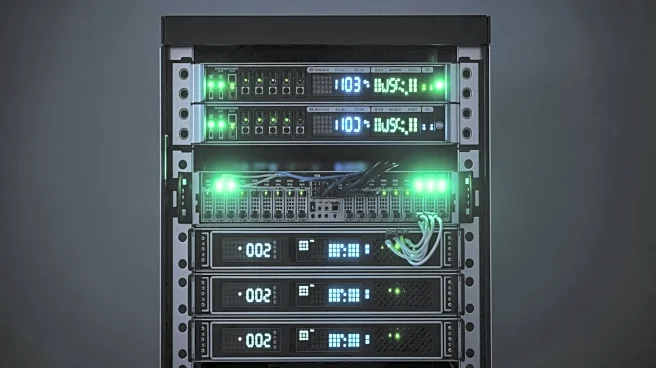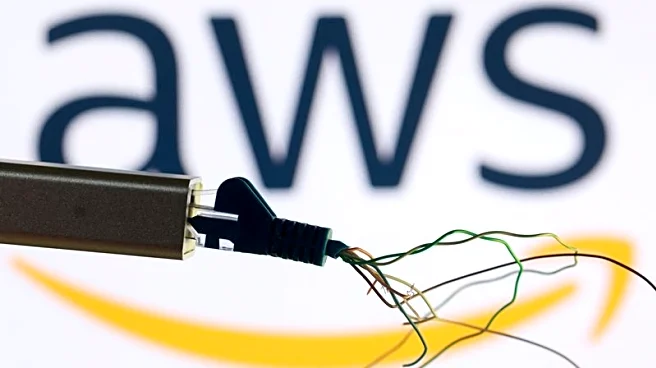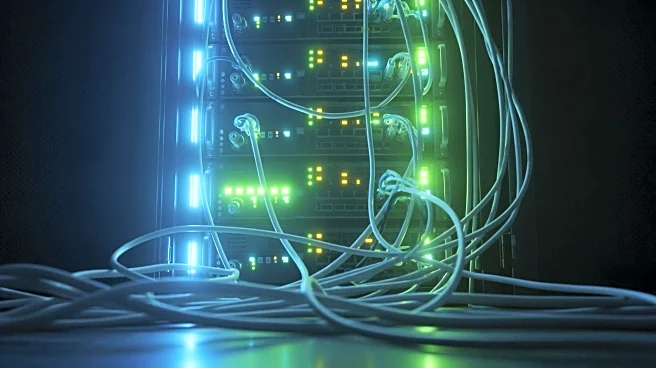What's Happening?
A significant outage at Amazon Web Services (AWS) caused widespread disruption to numerous online services early Monday. The outage affected major platforms such as Snapchat, Roblox, Fortnite, and Signal,
as well as Amazon's own services like Ring doorbell cameras and Alexa smart speakers. The issue was traced back to problems with AWS's domain name system, which is crucial for converting web addresses into IP addresses. The disruption began around 3:11 a.m. Eastern Time, with AWS reporting increased error rates and latencies in the US-EAST-1 Region. By 6 a.m., AWS announced that recovery was underway for most affected services. This incident is part of a series of outages AWS has experienced in recent years, highlighting the dependency of many online services on a few major cloud providers.
Why It's Important?
The outage underscores the critical role that cloud computing services like AWS play in the global digital infrastructure. Many businesses, government departments, and educational institutions rely on AWS for their online operations. The disruption affected a wide range of services, from social media and gaming to financial and communication platforms, demonstrating the interconnected nature of modern digital services. The incident highlights the vulnerability of relying on a few major cloud providers, as any disruption can have widespread consequences. It also raises questions about the resilience and redundancy of cloud infrastructure, which is increasingly seen as a utility akin to water or electricity.
What's Next?
AWS has indicated that most services have returned to normal operations, but the incident may prompt businesses to reassess their reliance on single cloud providers. Companies might consider diversifying their cloud infrastructure to mitigate the impact of future outages. Additionally, AWS and other cloud providers like Google and Microsoft may face increased scrutiny over their outage management processes and the robustness of their systems. This event could lead to discussions about the need for more transparent communication and faster resolution times during such disruptions.













